Content table of this post
Digital Booking Industry Size
How Calendly Got Its First Customers
Payment methods they use
Calendly’s branding moves
Revenue growth
9:00 AM: Hey, are you free on Thursday at 3?
1:00 PM: No, I can’t.
2:00 PM: Ok, is Friday better?
6:00 PM: Yes, Friday works.
Day 2
10:00 AM: Cool, 2 or 4?
2:00 PM: Let’s do 4.
3:00 PM: Great, I’ll send a reminder.
3:30 PM: Perfect. Talk then.
This kind of back-and-forth happened every time someone tried to book a call before scheduling software.
It’s exactly what Tope Awotona went through as a salesman.

Tired of the back and forth, tired of the “Does 3 PM work?” Tired of wasting time just to book a simple meeting.
At the time, he was selling software at a big company.
Every day, he’d lose hours just coordinating calendars. It was annoying, slow, and unnecessary.
So he asked himself:
Why is this still a problem in 2013?
Why hasn’t anyone built a tool where you just send a link with multiple booking time and the other person picks a time?
That question became the seed.
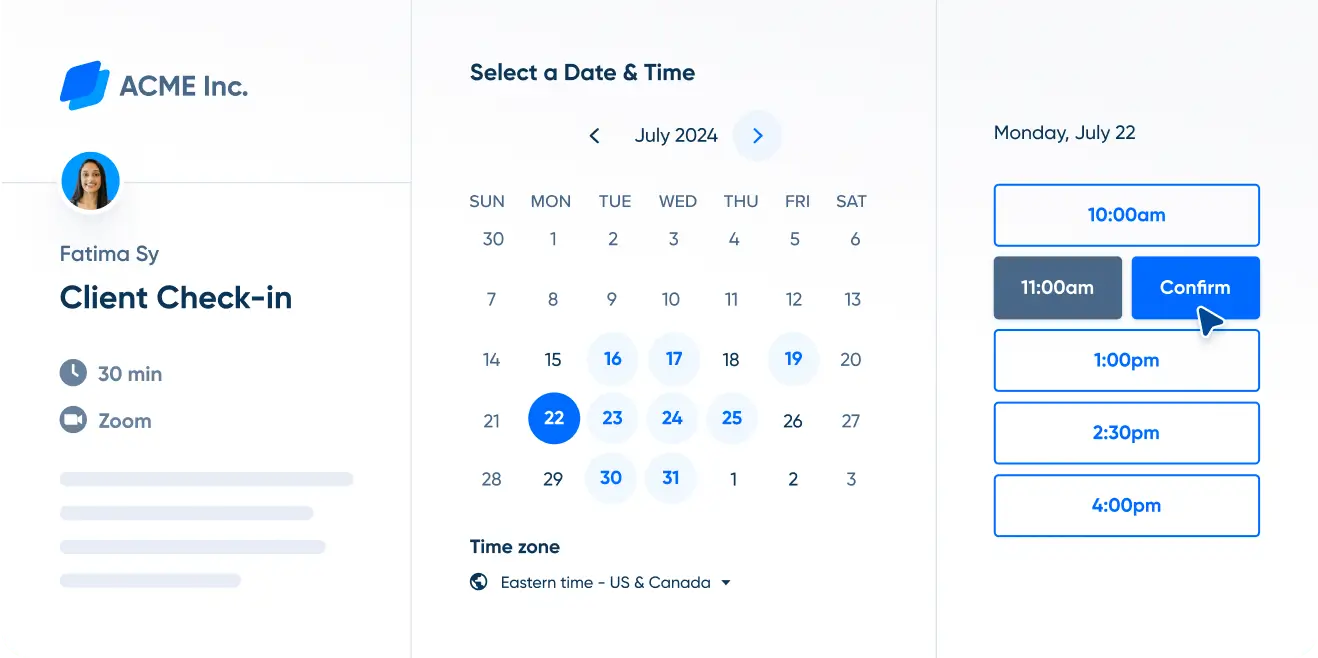
Tope poured his own money into it. No cofounders. No outside funding.
He hired developers in Ukraine.
Burned through $200k of his savings and refused investor money until the product made $1 million.
He wasn’t chasing hype. He was solving a problem that slowed him down.
And that frustration turned into Calendly.
Digital Booking Industry Size
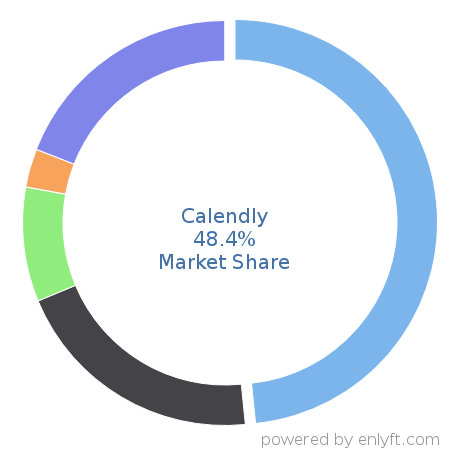
The digital booking calls industry is all about tools that help you set meetings without the back and forth. You just send a link, they pick a time, and it’s done.
- They’re popular with sales teams, coaches, freelancers, and anyone who lives off calls or appointments.
- Used by: recruiters, consultants, solo entrepreneurs, customer support teams, and onboarding specialists
- Top platforms: Calendly, Acuity Scheduling, Chili Piper, Setmore, YouCanBook.me, Book Like A Boss, SavvyCal
- Integrated tools: Zoom, Google Meet, Microsoft Teams, Outlook, Google Calendar, Stripe, PayPal
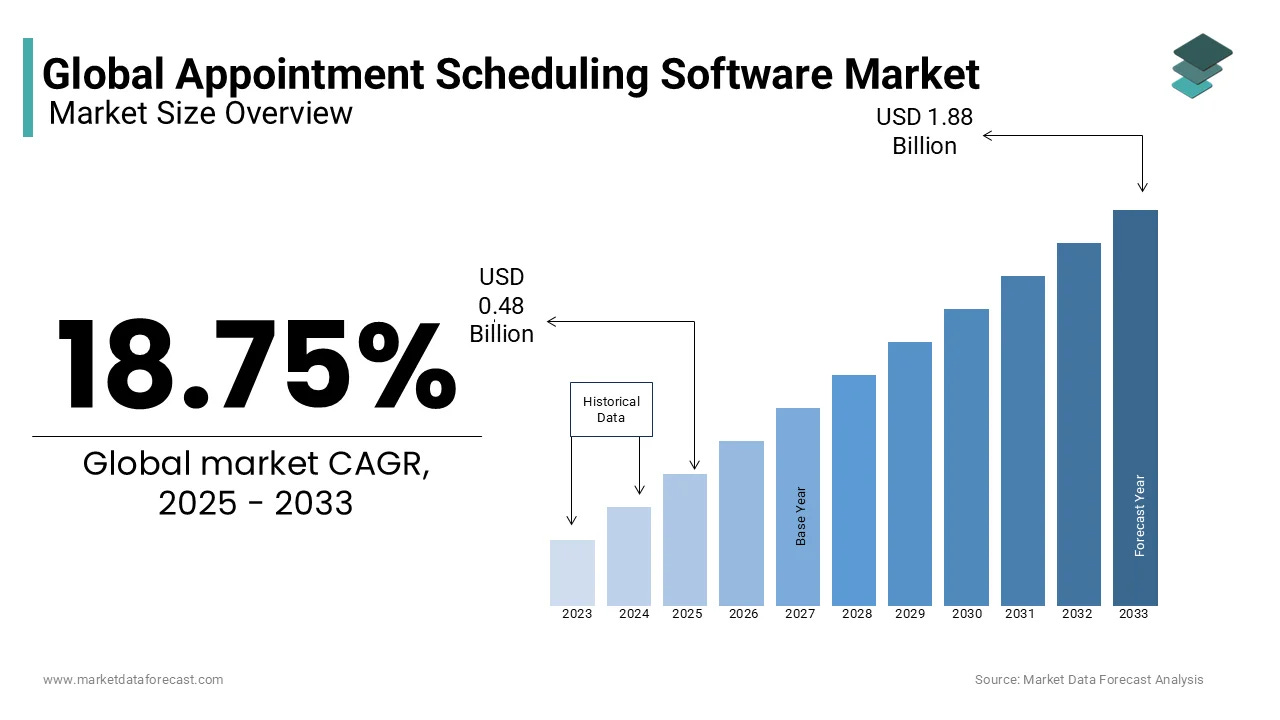
The market value is growing fast, with Calendly holding the biggest market share:
- Market size 2022: over $480 million
- Expected by 2026: to pass $1.88 billion
The industry keeps growing because it’s simple, fast, and saves people hours every week.
How Calendly Got Its First Customers
He started on Reddit: Tope hung out in forums like Reddit and Hacker News, where people complained about scheduling headaches.

When someone vented, he replied with, “I built this to fix that.” No pitch. Just value.
He focused on the People Who Needed It: sales reps, recruiters, consultants, and people who book meetings every day. He targeted only those who felt the pain most.

The domino effect was the host, and the client became customer who created the product flow.
Calendly Just Solved a Problem
Real users found real relief. They shared it because it worked. That’s how Calendly grew.
Payment methods they use
Calendly introduced payment integrations to streamline the process of collecting fees for scheduled meetings.
- The Stripe integration was launched in May 2022, allowing users to require payments at the time of booking.
- Shortly thereafter, in May 2022, Calendly added PayPal integration, providing an alternative payment method for users.
Calendly operates on a subscription-based model, offering four distinct pricing tiers to cater to various user needs:
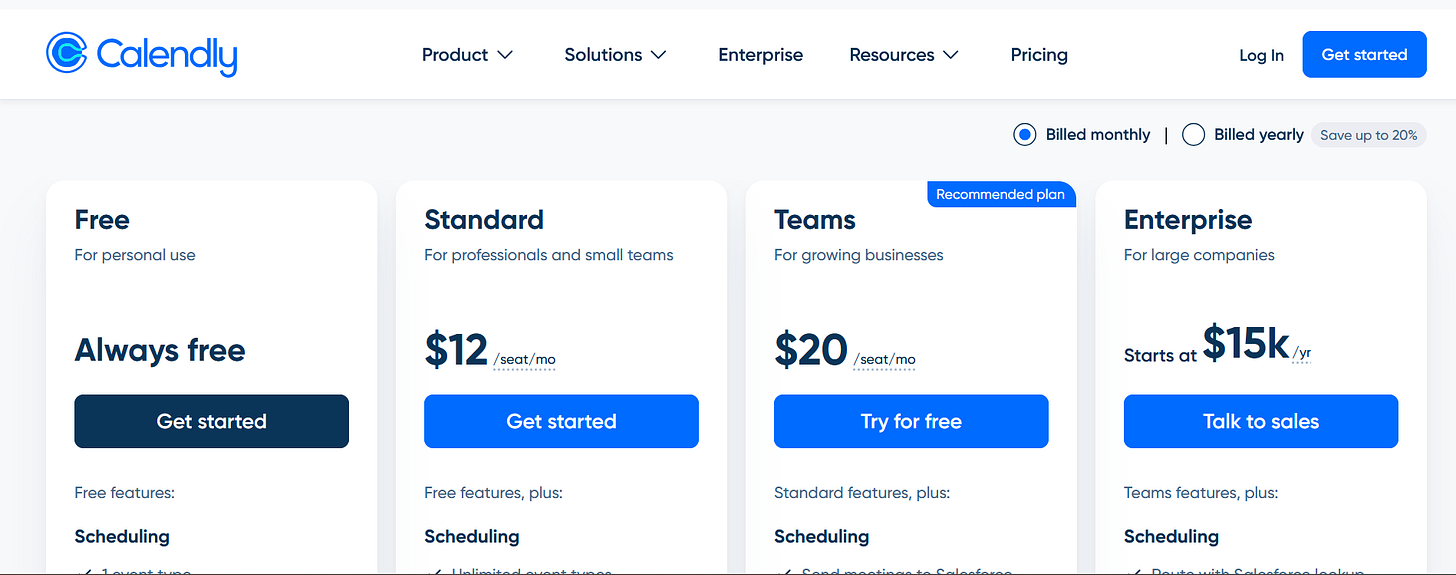
They offer monthly and annual billing options. All paid plans come with a 14-day free trial.
Calendly’s investment history:
- 2013–2015 – Tope Awotona bootstrapped Calendly using $200,000 of his savings
- No funding for the first several years, grew purely from product-led growth
- January 2021 – Raised $350 million from OpenView Venture Partners and Iconiq Capital
- That round valued Calendly at $3 billion
- Tope remained the majority shareholder, even after the raise
Calendly’s branding moves
Calendly didn’t just build a tool, they built a brand that spread without shouting.
Tope wanted to rebrand the look.
He worked with Pentagram to redesign the whole brand identity.
Clear visuals, bold layout, and that vibe of “this tool just works.” They made scheduling look good.
When they ready to serve bigger clients, they brought in Webstacks to clean up the website and make it convert better.
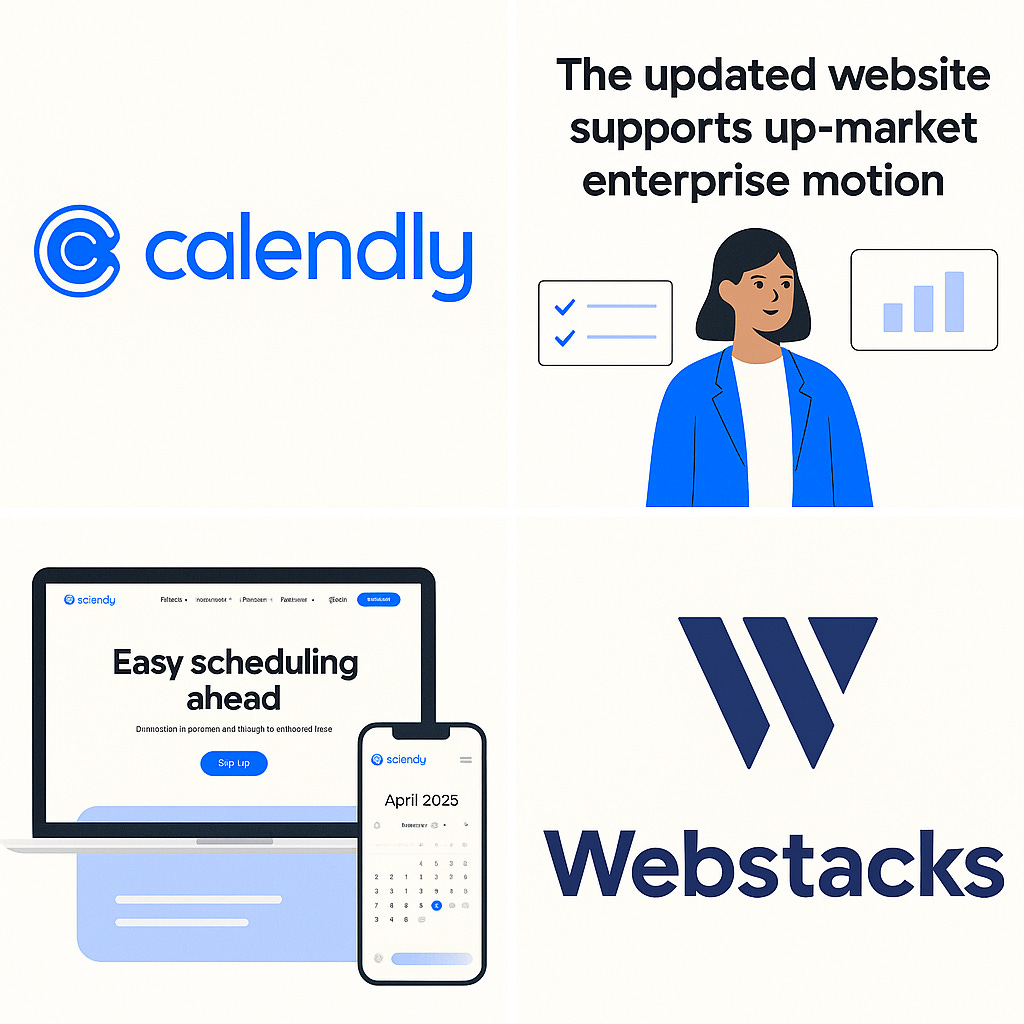
The new site spoke to enterprise, without killing the simplicity.
Some smart branding moves:
- Partnered with Google, Zoom, Outlook, Slack, Salesforce
- Built a system where the product markets itself every time someone uses it
- Got Soda Spoon involved to push Calendly into client workflows
Smart product, brand design, and few partnerships that helped them show up everywhere.
Scale-up between 2019 and 2021 was all about precision. They focused on what worked and scaled it.

The company has an affiliate program. Earn 15 to 20 percent per sale with a 90-day cookie window, which led to tons of YouTube tutorials pushing referral links.

Calendly scaled startup between 2019 and 2023:
- In 2019, they had around 4 million users
- By 2022, that number reached 10 million
- In 2023, they crossed 20 million users and over 100,000 companies
This growth came from:
- UX, product-led acquisition,
- Integrations with Salesforce and HubSpot,
- Conversion-focused website.
Smart moves and systems, and with the right partnership, they never looked back
Revenue growth
Since raising $350 million in 2021, Calendly’s revenue growth took off.
In 2020, they made $70 million. By 2023, they hit $270 million, almost 4x in three years. Most of that came after the investment, with 2023 alone nearly doubling the previous year.

Calendly’s revenue growth:
- 2020: $70 million
- 2021: $100 million
- 2022: $143.7 million
- 2023: $270 million
The funding helped them scale faster, move into enterprise, and turn Calendly into a core scheduling platform for big teams.

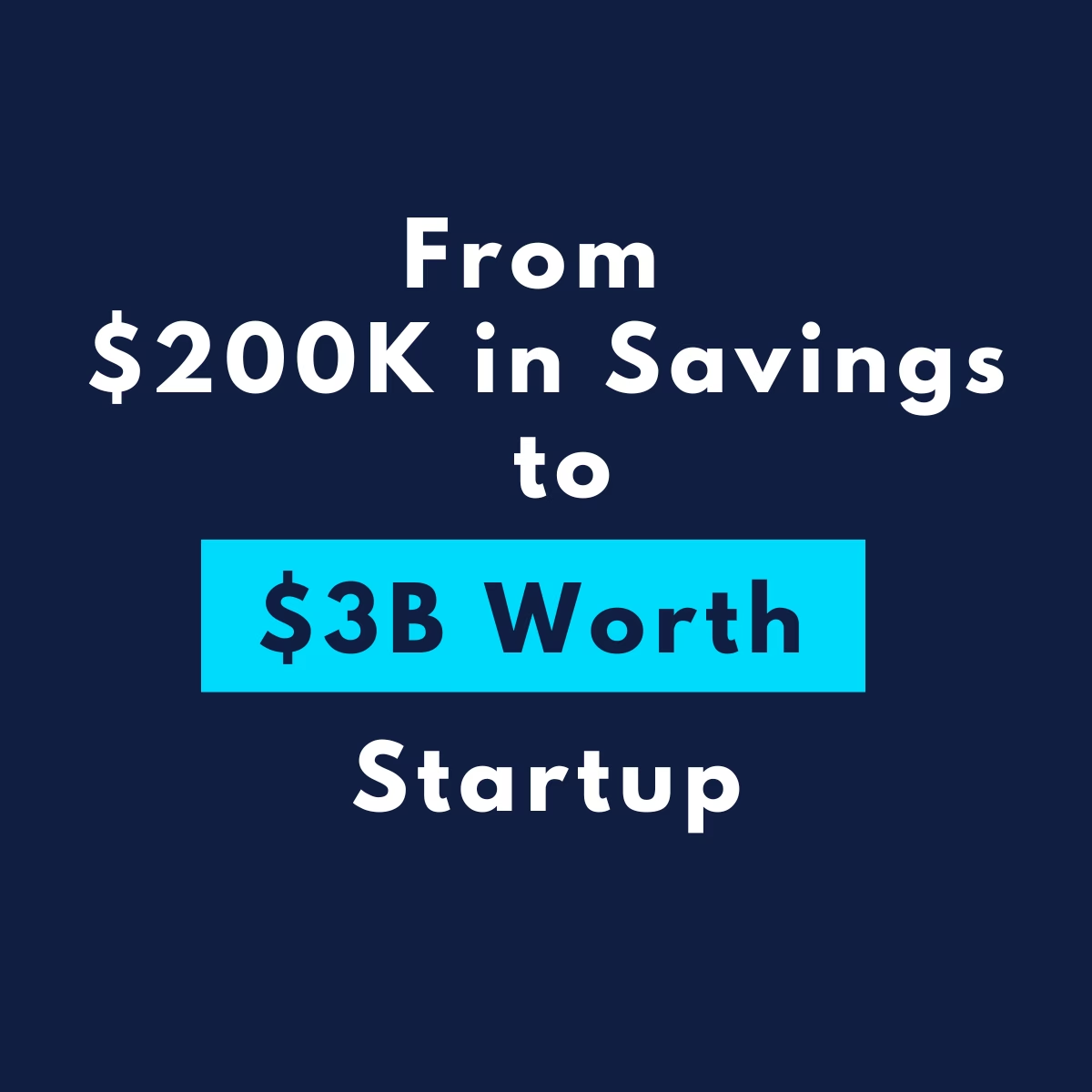
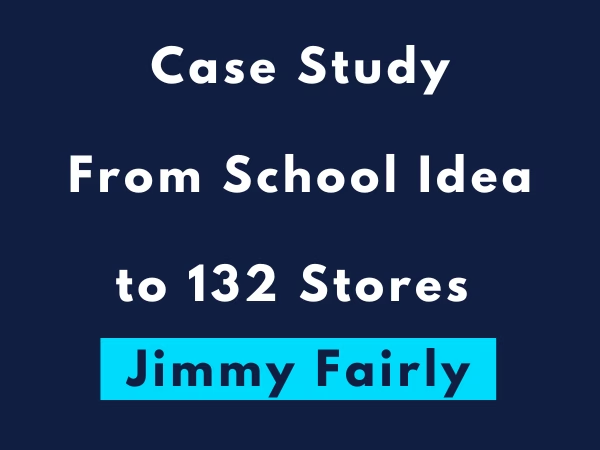
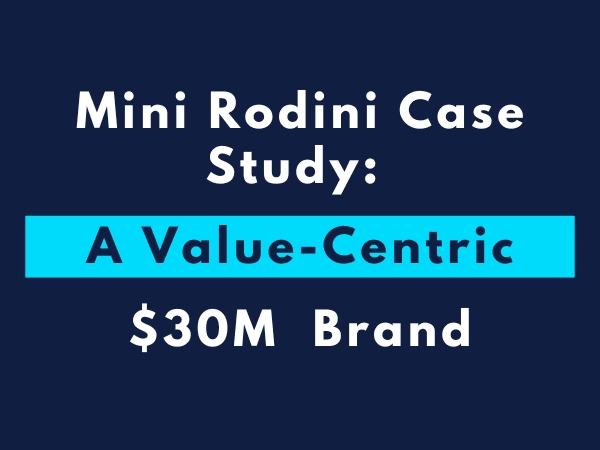
Leave a Reply